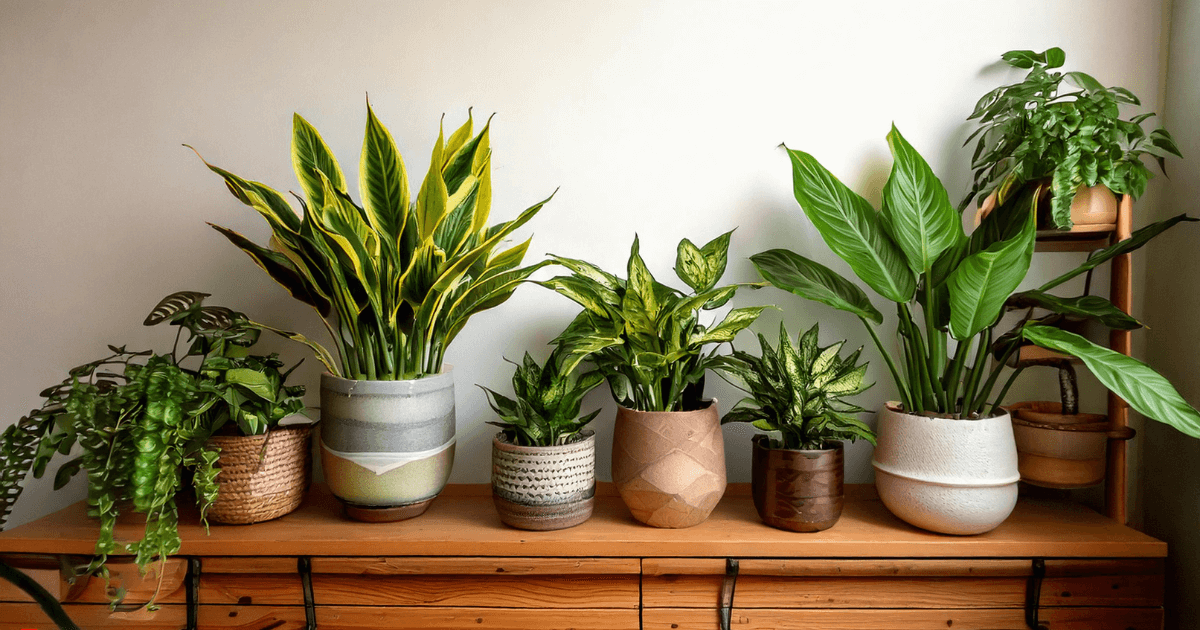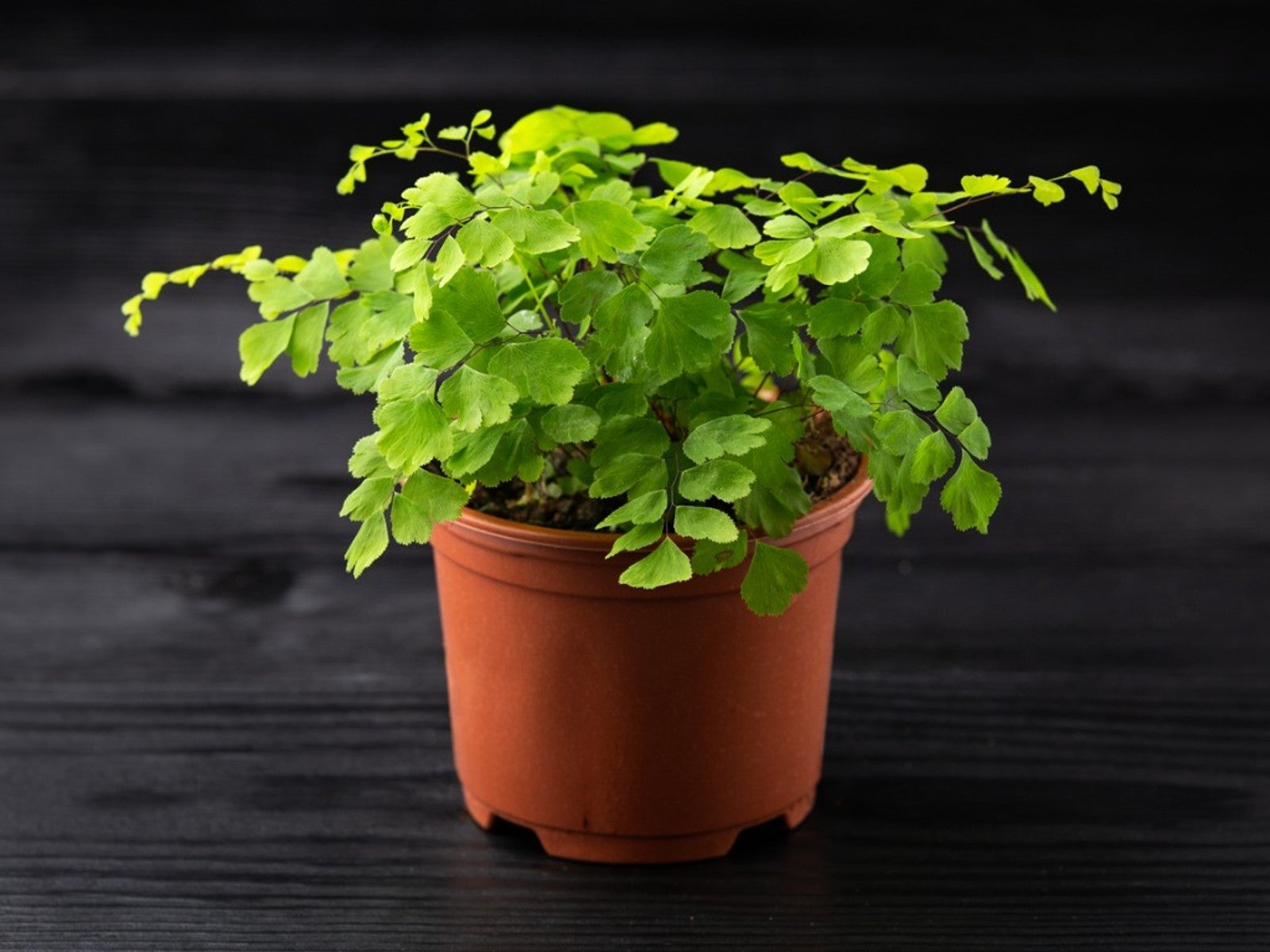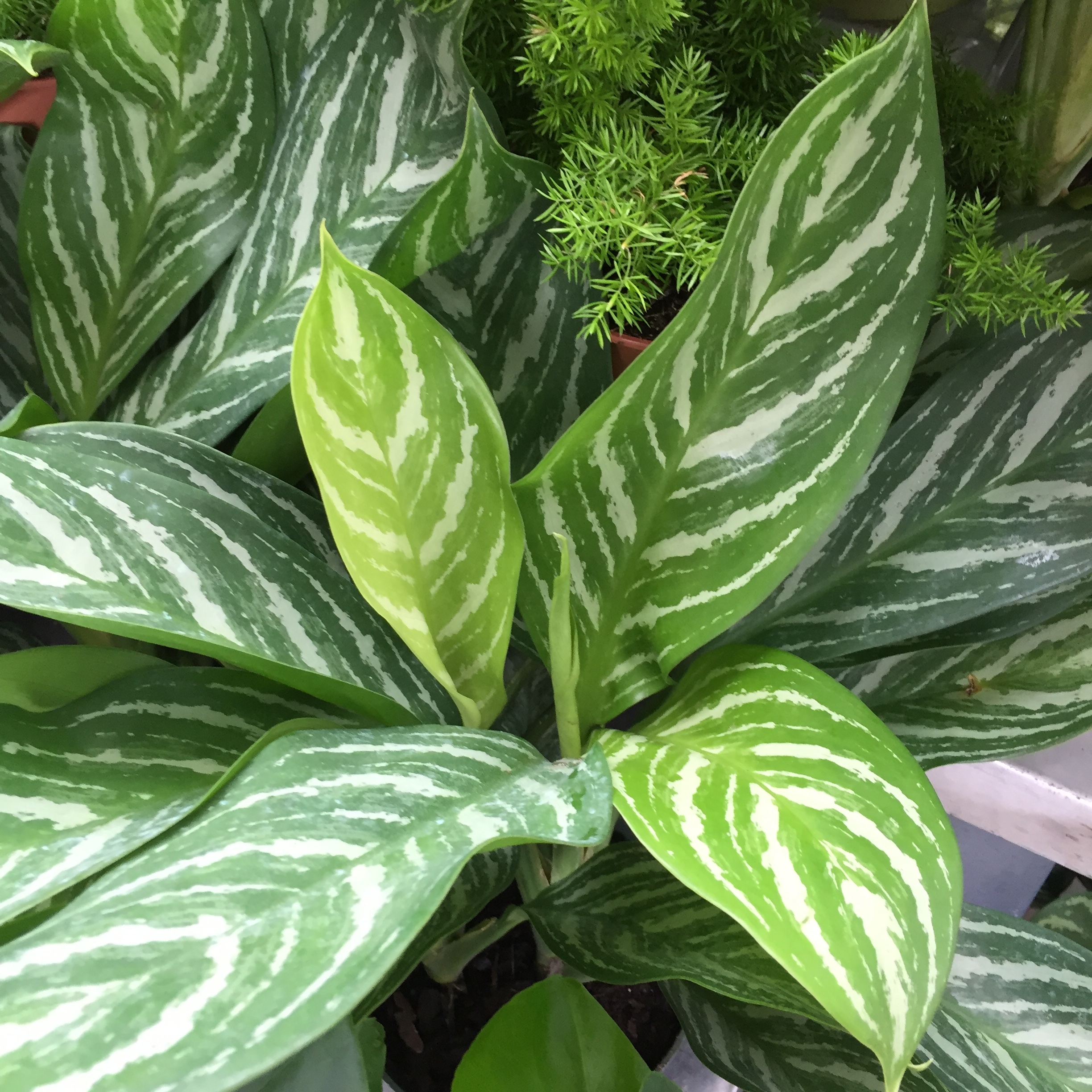Explore the Best Low-Light Indoor Plants for Easy and Stylish Home Decor
Explore the Best Low-Light Indoor Plants for Easy and Stylish Home Decor
Blog Article
Transform Your Home With Beautiful Low-Light Indoor Plants and Their Benefits
Including low-light interior plants into your home can substantially enhance both the aesthetic and environmental high quality of your home. These plants, which prosper in dark conditions, offer not just as ornamental elements but likewise as all-natural air purifiers, making them suitable for city dwellers or those with restricted sunshine exposure. As we explore the different sorts of low-light plants and their advantages, you may find surprising means to incorporate them right into your home that can change your surroundings in methods you might not have actually anticipated.
Benefits of Low-Light Plants
Low-light plants offer countless advantages for indoor atmospheres, making them an excellent option for both newbie and experienced gardeners. One of the key benefits is their flexibility to low-light conditions, enabling individuals to improve their living rooms without the demand for considerable sunlight direct exposure. This characteristic makes them perfect for apartment or condos, offices, and other areas with restricted natural light.

Furthermore, integrating low-light plants into home decor can elevate the aesthetic appeal of a room. Their lavish foliage and differed structures produce a calming ambience, adding to overall wellness. The presence of plant has been linked to decreased anxiety degrees and enhanced efficiency, making low-light plants a functional selection for improving both physical and psychological health in interior settings.
Top Low-Light Indoor Plants
While numerous interior plants thrive in intense light, several types are particularly fit for low-light conditions, making them perfect for numerous indoor spaces. One preferred choice is the Snake Plant (Sansevieria), known for its striking upright fallen leaves and resilience, calling for very little care. Another excellent alternative is the Pothos (Epipremnum aureum), which features heart-shaped fallen leaves and can track wonderfully from hangers or racks, prospering in low light and including a rich touch.
The ZZ Plant (Zamioculcas zamiifolia) is celebrated for its shiny fallen leaves and ability to stand up to disregard, making it excellent for hectic way of livings. The Tranquility Lily (Spathiphyllum) not only tolerates reduced light however likewise generates sensational white blossoms, improving any type of space's visual.
For a distinct touch, take into consideration the Cast Iron Plant (Aspidistra elatior), which certainly measures up to its name, prospering in the darkest edges of your home. Finally, the Chinese Evergreen (Aglaonema) provides a variety of fallen leave patterns and shades while being extremely forgiving in low-light problems. These plants not just beautify interior environments however also add to air purification, improving your home.
Care Tips for Low-Light Plants

Watering methods are vital; these plants frequently prefer slightly dry problems. Overwatering can bring about root rot, so make certain that the leading inch of soil is dry prior to sprinkling once more. Usage pots with drainage openings to allow excess wetness to run additional info away.
Moisture is an additional essential factor. Numerous low-light plants, such as ferns and tranquility lilies, take advantage of higher humidity levels. To increase moisture, think about misting the leaves or placing a tray of water near the plants.
Fertilizing must be come close to with caution. Throughout the growing season, utilize a diluted, balanced liquid fertilizer on a monthly basis to support development, however avoid feeding during the dormant winter season.

Innovative Ways to Show Plants
Interior plants can serve as fascinating prime focus in any type of space, enhancing both aesthetic appeal and setting. Creative displays can raise the visual effect of low-light plants, making them an essential component of your home design. One effective technique is to utilize tiered plant stands, which allow you to display several plants at differing elevations while optimizing flooring room.
Hanging planters are an additional innovative choice, producing a sense of depth and drawing the eye upward. Think about macramé wall mounts or wall-mounted racks to introduce an unique appearance and style.
For a more structured strategy, use geometric terrariums or glass containers to house your plants, including a modern-day touch to your interior yard. You can additionally repurpose vintage items, such as teacups or wood dog crates, for an eclectic display that mirrors your character.
Enhancing Home Atmosphere With Plants
Incorporating low-light plants right into your home not only improves aesthetic allure but likewise contributes dramatically to the overall ambiance. These plants work as natural decoration aspects, introducing a sense More hints of tranquility that can transform any kind of room. The visibility of plant cultivates a calming environment, which is specifically helpful in high-stress settings such as home workplaces or living spaces.
Low-light plants, such as serpent plants, browse around here pothos, and ZZ plants, are not only aesthetically pleasing but additionally enhance indoor air quality by filtering pollutants. This double function boosts the setting better, producing a much healthier living space (Best low-light indoor plants). The calculated placement of these plants can also affect the perception of space; as an example, tall plants can attract the eye upward, making ceilings show up greater and rooms much more roomy
In addition, differing structures and colors of vegetation include depth to interior style, permitting imaginative expression in home designing. Whether put on shelves, in edges, or as centerpieces, low-light plants can elevate the mood of any type of space. In recap, incorporating these plants right into your home is an efficient way to cultivate a warm, welcoming environment while reaping the advantages of boosted air top quality and aesthetic versatility.
Final Thought
Including low-light indoor plants into home atmospheres provides various benefits, including enhanced aesthetic charm and boosted air top quality. These resilient plants, such as the Snake Plant and Peace Lily, require very little light and maintenance, making them ideal for diverse way of livings.
While several interior plants thrive in bright light, numerous varieties are specifically fit for low-light problems, making them optimal for numerous indoor spaces. One effective approach is to utilize tiered plant stands, which allow you to showcase multiple plants at differing heights while maximizing flooring area.
Low-light plants, such as serpent plants, pothos, and ZZ plants, are not just aesthetically pleasing however additionally improve interior air top quality by filtering toxins. Best low-light indoor plants. The strategic positioning of these plants can additionally affect the assumption of room; for circumstances, tall plants can attract the eye upward, making ceilings show up greater and areas a lot more large
These resilient plants, such as the Serpent Plant and Tranquility Lily, call for very little light and maintenance, making them appropriate for varied lifestyles.
Report this page